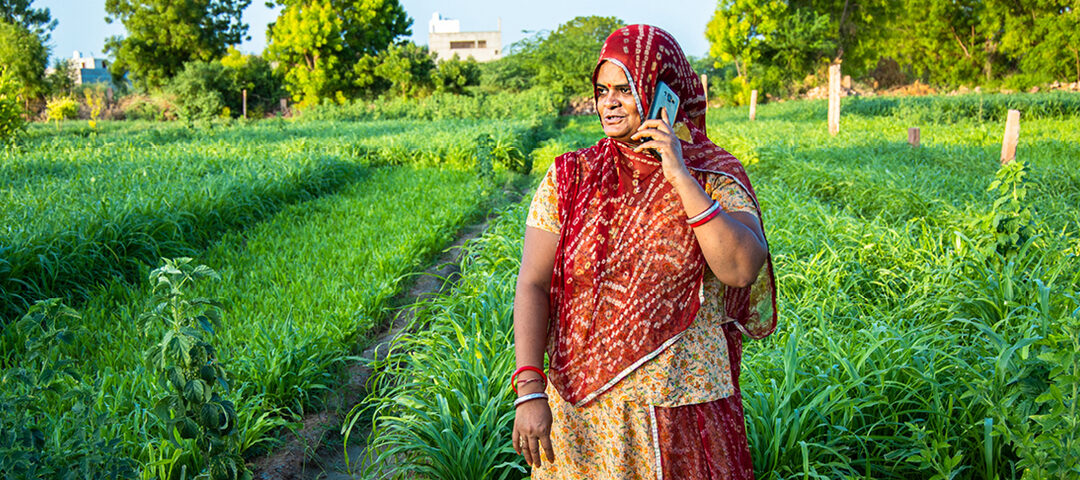-Rural India’s Protection Quotient rises to 16, up from 12 in IPQ 5.0 – but urban-rural gap stands at 32 points,
-Life insurance ownership remains significantly lower, despite awareness gains,
-Rural women lag rural men in all protection indices – Protection Quotient at 14 vs. 17,
-West leads rural protection index; East lowest with just 2% ownership in Savings Plan,
-43% believe life insurance benefits only the family, not the individual,
– Digital usage surges – financial transactions double; 88% use mobile for social media
Axis Max Life Insurance has unveiled the rural India findings of the seventh edition of its flagship survey – India Protection Quotient (IPQ), conducted in partnership with KANTAR, a marketing data and analytics company.
Capturing insights from over 155 villages across India, the survey delves into the aspirations, anxieties, and evolving protection needs of India’s rural population in their journey toward financial security.
Prashant Tripathy, CEO and Managing Director, Axis Max Life said, “The IPQ 7.0 Rural Edition signals a defining shift — a rise in awareness and aspiration among rural Indians to secure their financial futures. However, the persistent protection gap is a clear call to action.”
“As we collectively strive toward IRDAI’s vision of ‘Insurance for All by 2047,’ the onus is on the industry to reimagine how we serve Bharat — through simplified products, inclusive advisory networks, and technology-led delivery models. The future
of life insurance in India will not only be shaped by innovation, but by our ability to respond to the evolving needs and ambitions of rural India with empathy and intent.”
The following findings reveal insights that highlight rural India’s shift in attitude and approach towards financial preparedness
Financial preparedness in rural India
Rural India’s Protection Quotient improved to 16 (from 12 in IPQ 5.0), driven by a 7-point rise in awareness.
However, life insurance ownership remains far below urban levels. Despite increased
familiarity with products especially term insurance (awareness up from 32% to 40%) adoption lags due to affordability concerns, poor service experience (41%), and the perception that life insurance only benefits the family (43%).
40% of rural respondents cited lack of funds as a barrier to purchasing insurance — notably higher than 31% in urban India.
Even as trust in schemes like PMJJBY grows, mainstream ownership remains a
challenge due to lack of tailored outreach and product accessibility.
Gender gap: women behind on all protection indices
Women from rural India report a Protection Quotient of 14, compared to 17 among men. They also lag in awareness, ownership, and financial confidence. Many still depend on male family members for financial decision-making, and few independently navigate insurance products.
However, female-led households and Self-Help Groups (SHG)-affiliated women show higher engagement, and younger women (aged 25–35), especially in the South and West, are more digitally curious and financially aspirational. This opens a pathway for inclusive, gender-sensitive communication and community-based outreach.
Zonal insights: West India leads, East India lags
West India leads the rural Protection Quotient, closely followed by the South. These zones report higher awareness and ownership of life insurance. The East zone, however, remains the least financially protected with term plan awareness at just around 32% and term ownership as low as 3%.
The urban- rural divide is most severe in this region, with a 52% gap in life insurance ownership highlighting the critical need for regional intervention and targeted education.
Financial anxiety high despite growing awareness of life insurance
One in four rural Indians now believe that their savings may not last even a year, although optimism is rising among the financially aware. In IPQ 7.0, 39% of rural respondents expect their savings to last more than five years up from 20% in IPQ 5.0.
Still, basic expenses and debt repayments leave little room for long-term financial planning, especially in households with irregular incomes.
Key drivers of Life Insurance adoption in Rural India
Rural Indians buy insurance primarily to secure family goals – 41% cite old age security, 35% children’s education, and 34% children’s marriage. Insurance is seen as a safe and dual-benefit investment by 41%
of respondents.
However, many still view it emotionally, with 43% believing it only helps their family, not
themselves.
Public schemes remain cornerstone of rural investment
More than 60% of rural Indians rely on government-backed financial products or loans through SHGs/cooperatives which are considered as accessible and trustworthy. Market-linked instruments like mutual funds have seen marginal awareness growth but still remain under-utilised. Health insurance ownership has also grown, indicating improved awareness around medical preparedness.
Digital adoption surges across rural markets
Digital behaviour has transformed since the last rural survey. Around 88% of rural respondents use mobile phones to use social media; around 78% of them to enjoy video/music. Online financial transactions like mobile banking, money transfer, online payments through UPI have more than doubled from 17% to 40%.
Nearly half of rural India population now use digital platforms for service requests and complaint resolutions, indicating rising digital readiness for financial inclusion.
The study is conducted in over 155 different villages spread over around 25 cities in India. A total sample size of around 1,620 respondents within the age group of 22 to 55 years were interviewed for the survey.
The interviewees were picked from Rural Social Economic Classification (SEC) R1 and R2 households with an annual household income of INR 50,000 and above.

